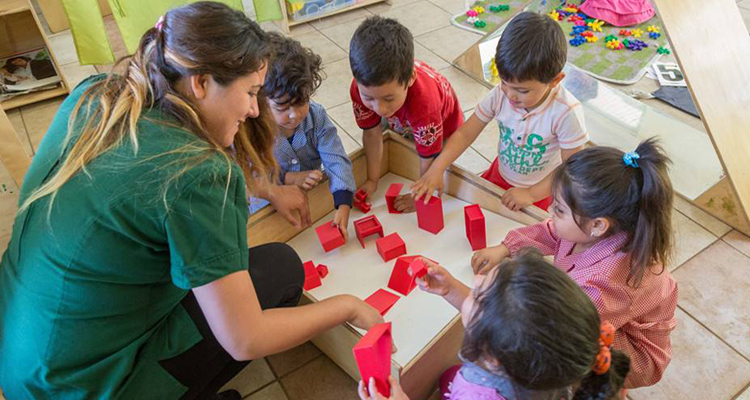Modelling the Physical Learning Environment (MAFA)

Summary
MAFA improves the effectiveness of education in preschool education classrooms by fostering better teaching relations and practices between educators, technical staff and children. It consists of three components: a virtual platform where preschool teaching staff can document and share teaching experiences; a set of practical support tools designed especially for preschoolers that replace traditional furnishings; and modeling material so that the children themselves can participate in modelling and designing their classroom environment.
Potential Use
Can be used in preschool teaching establishments in Chile and throughout Latin America to encourage the use of physical space as a third educator, in keeping with UDL principles and thereby fostering inclusion in preschool classrooms.
Development Status
TRL 8 – First mass distribution version is complete. Licensed to JUNJI.
Advantages
- MAFA is a technology that overcomes the paradigm of reproducing small versions of adult or school furnishings. It was created with support from professionals from the fields of teaching, design, engineering and public policy, which is why it has an interdisciplinary vision. Its intuitive and up-to-code implementation provides for the production of sustainable, environmentally-friendly furnishings at a cost similar to other furnishings that meet current regulatory standards.
- Implementing the MAFA system in a preschool classroom is less costly than setting up the furnishings included in a traditional classroom setting.
Opportunity
MAFA is available for implementation at public, municipal, state-run or private education establishments.
Research Team
- Cynthia Adlerstein, Ph.D., Professor at the UC School of Education.
- Patricia Manns, Professor at the UC School of Architecture, Design and Urban Studies.
- Alberto González, Professor at the UC School of Architecture, Design and Urban Studies.
